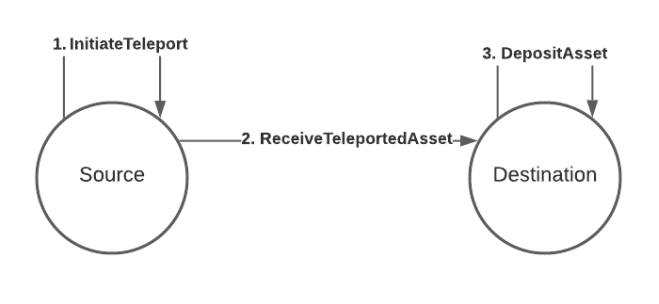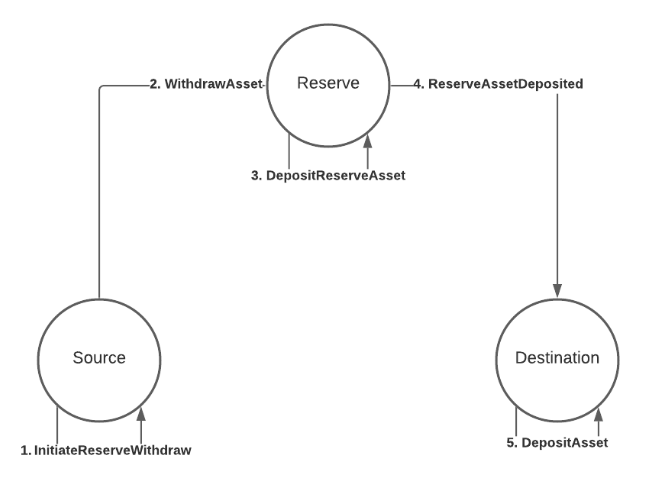XCM Use Cases
XCM Documentation
For a more practical approach to utilizing XCM, refer to the Polkadot Docs. Please keep in mind that XCM is under active development.
XCM has a multitude of use cases. While the wiki covers some of the key commonplace interactions, the XCM format can be used to construct many more combinations to suit the use case at hand.
Example Use-Cases¶
- Request for specific operations to occur on the recipient system such as governance voting.
- Enables single use-case chains e.g. the Asset Hub as asset parachains
- Optionally include payment of fees on a target network for requested operation.
- Provide methods for various asset transfer models:
- Remote Transfers: control an account on a remote chain, allowing the local chain to have an address on the remote chain for receiving funds and to eventually transfer those funds it controls into other accounts on that remote chain.
- Asset Teleportation: movement of an asset happens by destroying it on one side and creating a clone on the other side.
- Reserve Asset Transfer: there may be two chains that want to nominate a third chain, where one includes a native asset that can be used as a reserve for that asset. Then, the derivative form of the asset on each of those chains would be fully backed, allowing the derivative asset to be exchanged for the underlying asset on the reserve chain backing it.
Let's review two of these example asset transfer use cases: Asset Teleportation and Reserve Asset Transfer.
Asset Teleportation¶
An asset teleport operation from a single source to a single destination.

The source gathers the assets to be teleported from the sending account and takes them out of the circulating supply, taking note of the total amount of assets that was taken out.
The source then creates an XCM instruction called ReceiveTeleportedAssets and puts the amount of
assets taken out of circulation and the receiving account as parameters to this instruction. It then
sends this instruction over to the destination, where it gets processed and new assets gets put back
into circulating supply accordingly.
The destination then deposits the assets to the receiving account of the asset.
Reserve Asset Transfer¶
When consensus systems do not have a established layer of trust over which they can transfer assets, they can opt for a trusted 3rd entity to store the assets.

The source gathers the derivative assets to be transferred from the sending account and burns them, taking note of the amount of derivatives that were burned.
The source sends a WithdrawAsset instruction to the reserve, instructing the reserve to withdraw assets equivalent to the amount of derivatives burned from the source's sovereign account.
The reserve deposits the assets withdrawn from the previous step to the destination's sovereign account, taking note of the amount of assets deposited.
The reserve creates a ReserveAssetDeposited instruction with the amount of assets deposited to the destination's sovereign account, and sends this instruction onwards to the destination. The destination receives the instruction and processes it, minting the derivative assets as a result of the process.
The destination deposits the derivative assets minted to the receiving account.